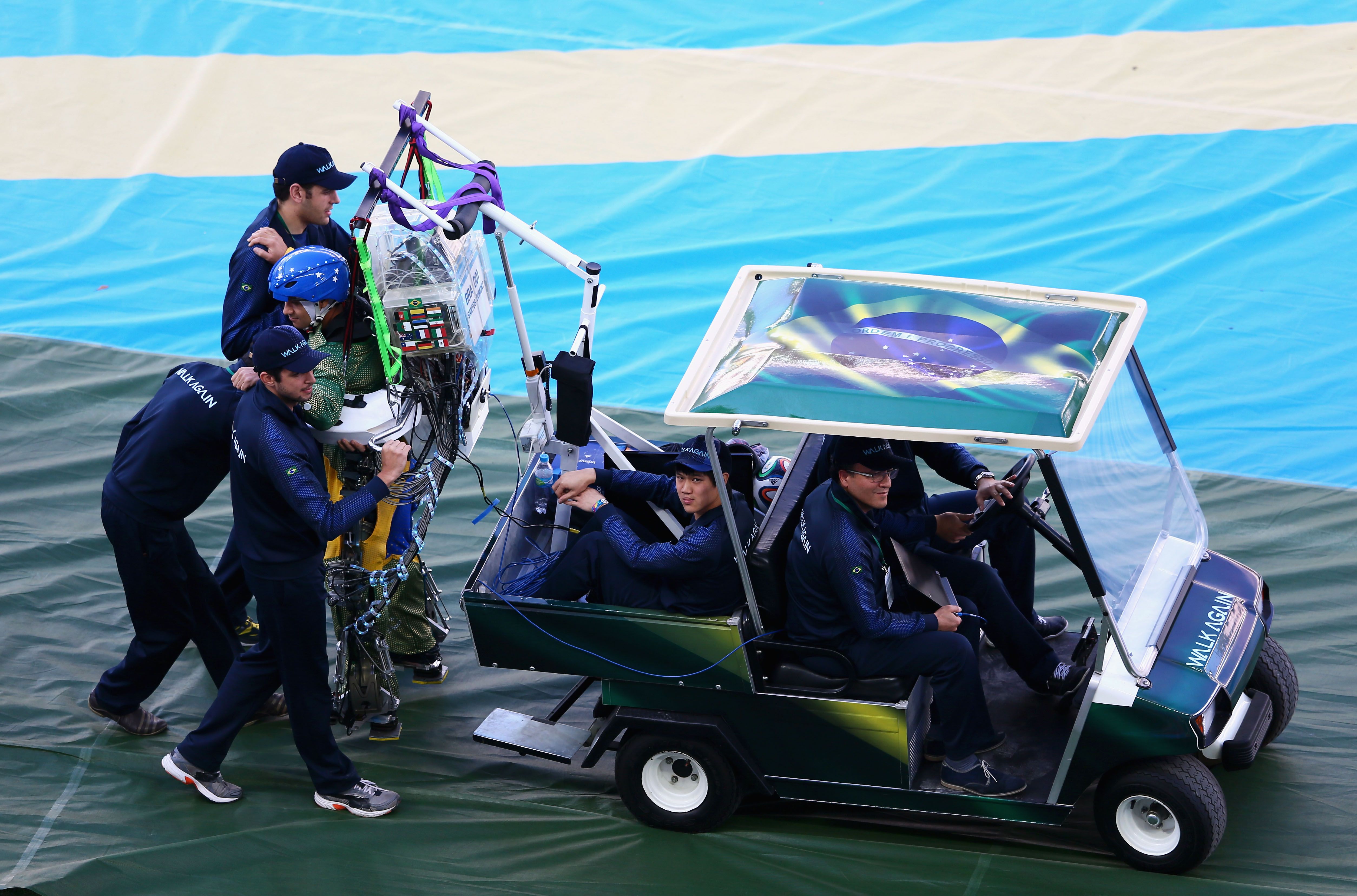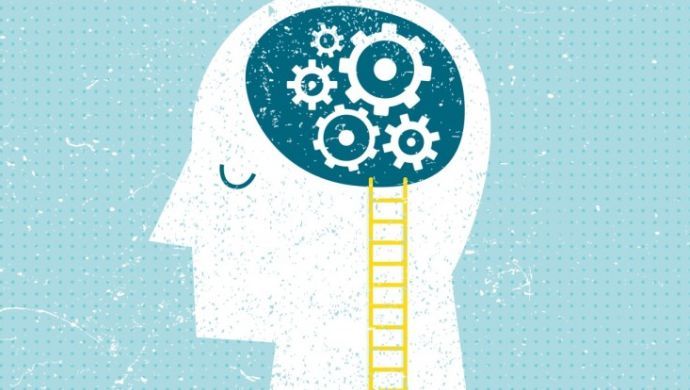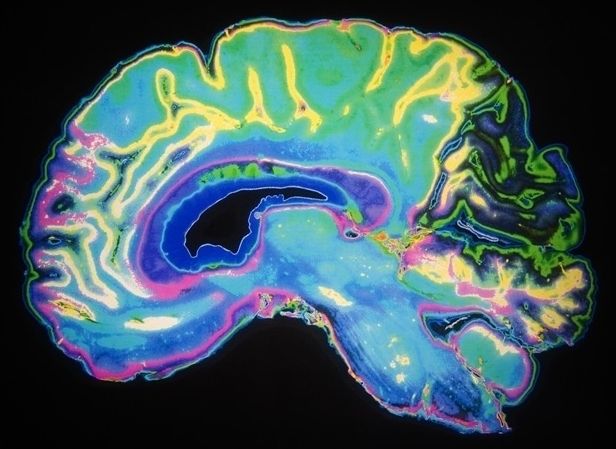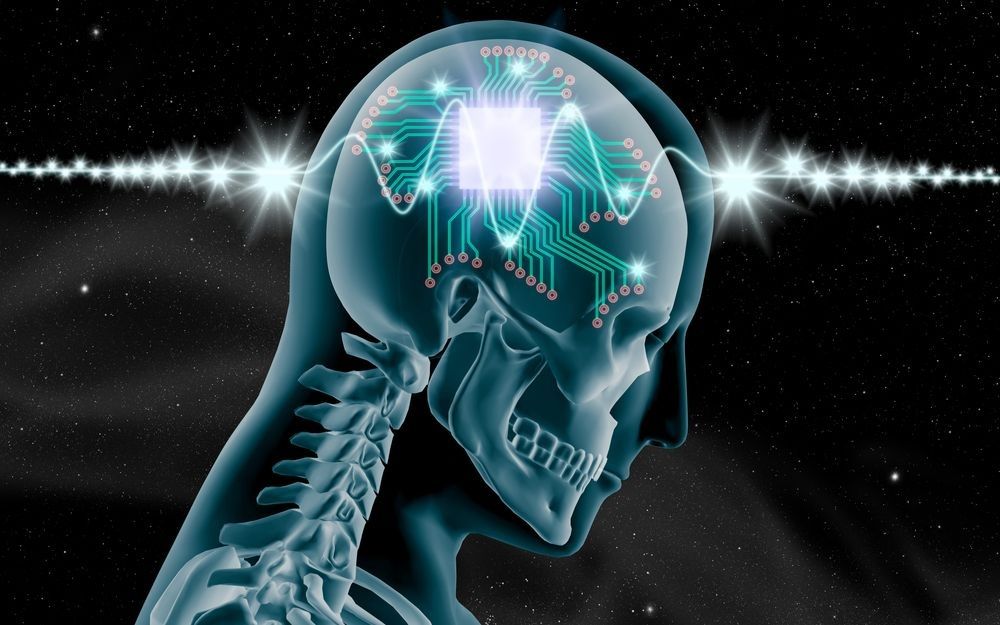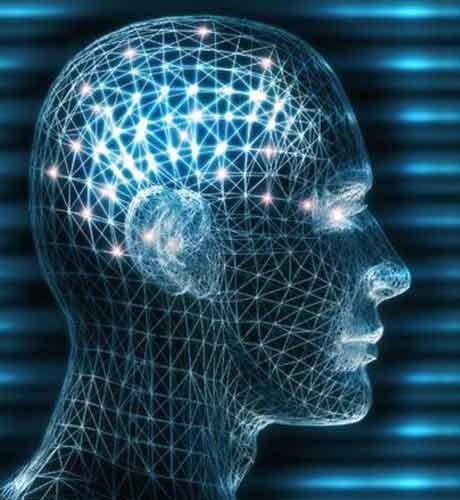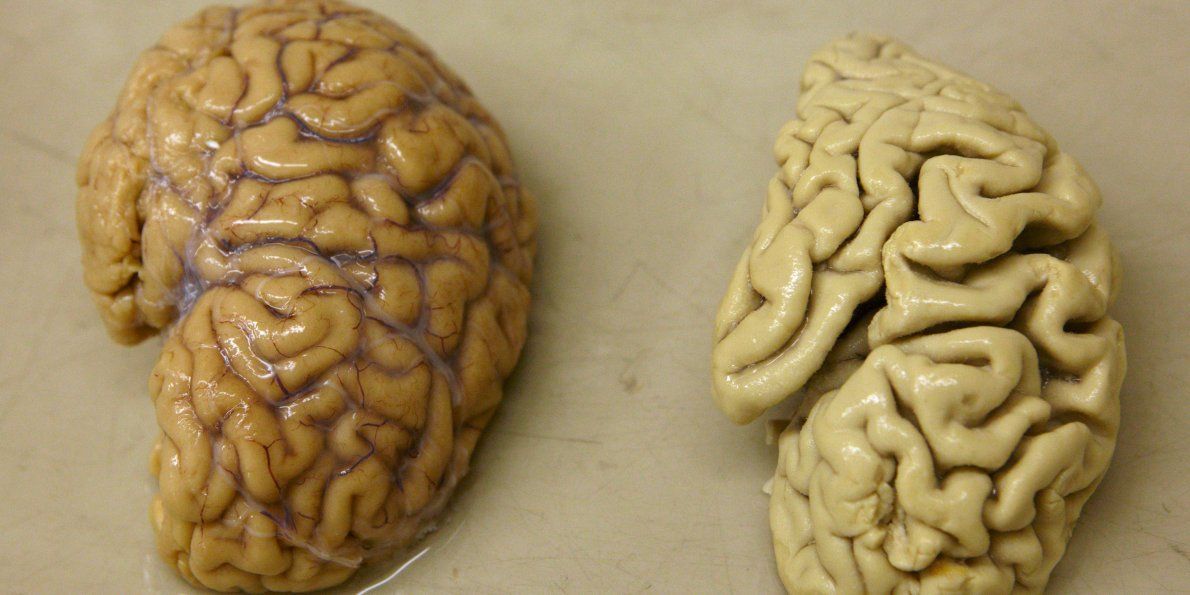Archive for the ‘neuroscience’ category: Page 953
Jun 13, 2016
Using tech to unlock mental health in China: KaJin Health
Posted by Karen Hurst in categories: biotech/medical, government, health, neuroscience
Now this is going to be very interesting. We will learn a lot about self control, stress, and how cultural condition definitely applies to how people handles different forms and types of stress. Cannot wait to see the results of this study. And, with the government taking these first steps may actually show hope.
China’s mental health record is tarred by social stigma and a lack of resources. While public initiatives are now seeking to rectify the issue, the country’s active startup ecosystem is also competing to fill the gaps.
According to a study published in 2011, a staggering 91.8 per cent of Chinese people with a mental health diagnosis never seek help. Part of that has to do with the shortage of trained mental health professionals in China, as well as the country’s psychiatrist-to-patient ratio, which is as low as 1.24 per 100,000 patients, compared to the global average of 4.15 per 100,000.
Continue reading “Using tech to unlock mental health in China: KaJin Health” »
Jun 13, 2016
Mom’s stress may put kids at risk for autism
Posted by Karen Hurst in category: neuroscience
Stress during pregnancy may raise the risk for having a child with autism for women who have an altered gene.
Jun 13, 2016
Genes, brain structure influence second language learning: study
Posted by Karen Hurst in categories: genetics, neuroscience
Very insightful for my deep mind/ neuro mapping friends.
If you have trouble learning a new language as an adult, maybe you can blame your genes and brain structure, a U.S. study suggested Monday.
The study by researchers at the University of Washington showed that genetic variations of the so-called COMT gene and a measure of the strength of the brain’s communications network — known as “white matter”— jointly accounted for 46 percent of the reason for why some college students performed better than others in the second language class.
Continue reading “Genes, brain structure influence second language learning: study” »
Jun 13, 2016
Neuroscientists discover how the brain processes upper and lower visual stimuli differently
Posted by Karen Hurst in category: neuroscience
Visual information from near and far space are processed with differing degrees of acuity.
Neuroscientists from Tübingen have discovered how our brain processes visual stimuli above and below the horizon differently. The researchers led by Dr. Ziad Hafed of the Werner Reichardt Centre for Integrative Neuroscience (CIN) at the University of Tübingen investigated non-human primates, ascertaining that different parts of the visual field are represented asymmetrically in the superior colliculus, a brain structure central to visual perception and behavior. More neural tissue is assigned to the upper visual field than to the lower. As a result, visual stimuli above the horizon are processed sharper, stronger, and faster: our brain is wearing bifocals, so to speak.
Seeing — arguably our most important way of perceiving the world — mostly happens without conscious intent. We see much better in the center of our visual field (along the visual axis) than in the periphery. So when our brain detects an object of interest in the periphery of our visual field, it immediately initiates an eye movement so our visual axis intersects with those objects. Once an object is in our direct line of sight, we can perceive it in far more depth and detail.
Jun 12, 2016
Why Elon Musk Is Advocating For Brain Chipping The Human Race
Posted by Karen Hurst in categories: computing, cyborgs, drones, Elon Musk, neuroscience
Actually, it is proving to be more effective, cheaper and quicker to advance people with technologies such as BMI v. trying to create machines to be human. BMI technology started development in the 90’s for the most part; and today we have proven tests where people have used BMI to fly drones and operate other machinery as well as help others to have feelings in prosthesis arm or leg, etc. So, not surprised by Musk’s position.
Would you ever chip yourself? The idea of human microchipping, once confined to the realms of science fiction and conspiracy theory, has fascinated people for ages, but it always seemed like something for the distant future. Yet patents for human ‘implants’ have been around for years, and the discussion around chipping the human race has been accelerating recently.
Remember when credit and debit cards went from smooth plastic to microchipped? That could be you in a few years, as multiple corporations are pushing to microchip the human race. In fact, microchip implants in humans are already on the market, and an American company called Applied Digital Solutions (ADS) has developed one approximately the size of a grain of rice which has already been approved by the U.S. Food and Drug Administration for distribution and implementation. Here is a video taken three years ago of DARPA Director and Google Executive Regina Dugan promoting the idea of microchipping humans.
Continue reading “Why Elon Musk Is Advocating For Brain Chipping The Human Race” »
Jun 11, 2016
Biological networks can boost artificial intelligence
Posted by Karen Hurst in categories: biological, neuroscience, robotics/AI
For robots; the bigger question where is the bigger ROI? Robots trying to be built to out do people; or is it better to enhance people? DARPA is more focused on enhancing people such as soldiers; and I agree with DARPA.
Understanding the hierarchical structure of biological networks like human brain — a network of neurons — could be useful in creating more complex, intelligent computational brains in the fields of artificial intelligence and robotics, says a study.
Like large businesses, many biological networks are hierarchically organised, such as gene, protein, neural, a…
Continue reading “Biological networks can boost artificial intelligence” »
Jun 10, 2016
If you think your brain is more than a computer, you must accept this fringe idea in physics
Posted by Sean Brazell in categories: computing, neuroscience, physics
Jun 10, 2016
Sunspring | A Sci-Fi Short Film Starring Thomas Middleditch
Posted by Bruno Henrique de Souza in categories: entertainment, neuroscience, robotics/AI

AI escreveu este curta metragem e é surpreendentemente divertido.
Todo o roteiro do filme é o trabalho de uma rede neural treinada em scripts de sci-fi.
Fonte: Singularity Hub
